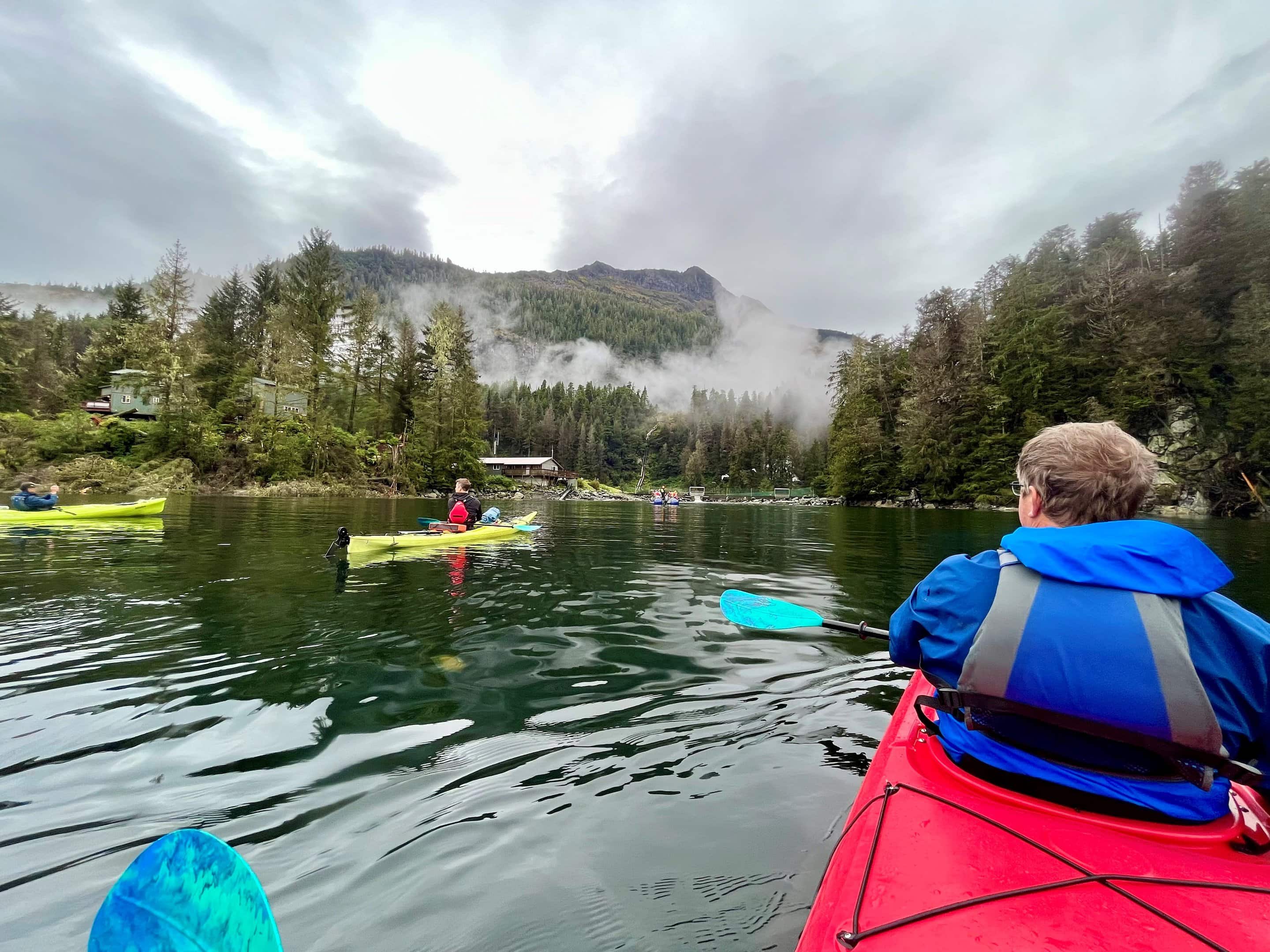Since 2021, Monica Heuser has been our seasoned logistics expert for travel planning, especially when it comes to planning Alaskan adventures. Recently, Monica took a solo cruise aboard Uncruise Adventures’ Safari Endeavour on their 7-night itinerary ‘Alaska Glacier Cruise: Northern Passages, Glacier Bay.’ In this article, she outlines an enriching synopsis of her Alaskan adventure that proved to be an ideal location to escape the temperatures of last summer’s mainland record heat.
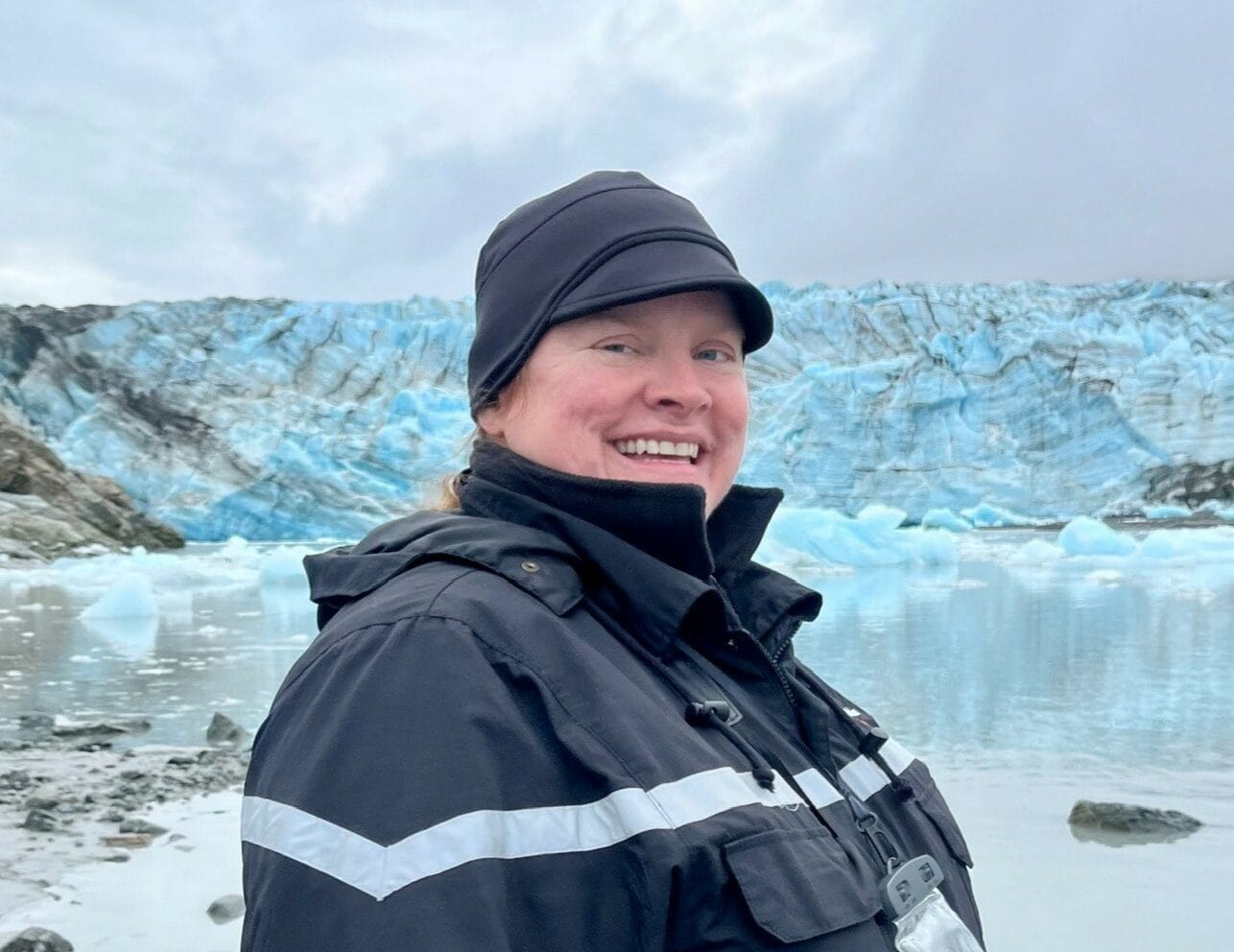
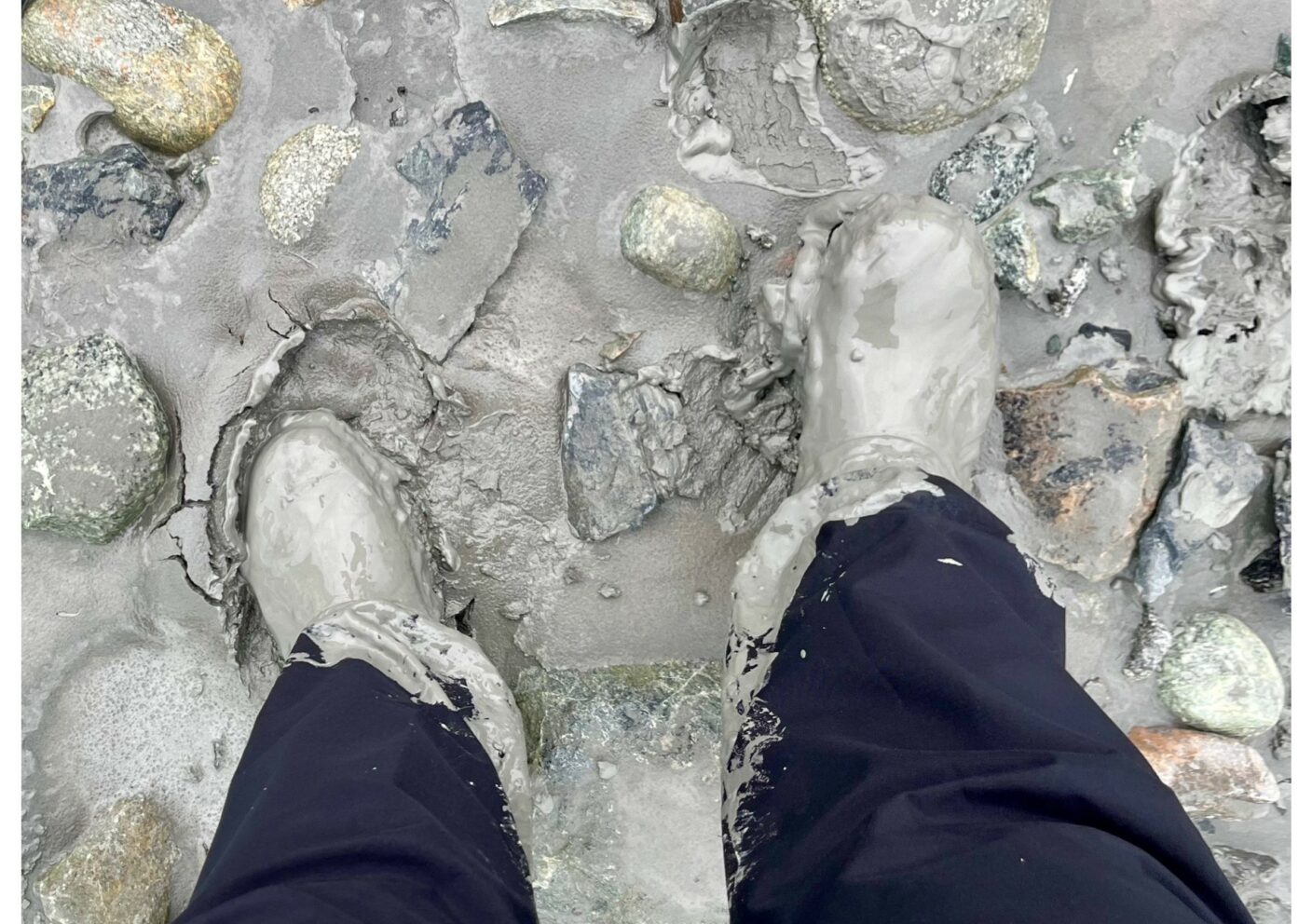
- Since you have a strong logistics background in travel planning, what did that look like in preparing for your Alaskan adventure?
I found that I had many of the same questions that our wonderful clients ask us, including the one question that we are asked the most by those traveling to Southeast Alaska: “Do I really need waterproof, knee-high muck boots?” With great certainty that answer is YES! Not only during zodiac landings where one is stepping into the water to/from the zodiac, but during hikes in coastal glacial mud and sediment, and during bushwhack hiking through the forest. Because Alaska is a temperate rainforest, the ground is unstable in both the forest and on the coastlines; it’s quite spongey, muddy, and wet at all times. Fortunately, Uncruise Adventures supplies these boots in all sizes for passengers to use on all their vessels.
- Did you need to purchase much gear? What were the most helpful items you packed, and those that were unnecessary?
After living in Minnesota for over a decade of my life, I felt somewhat prepared gear-wise but found that I did not need “winter clothes.” Our guides were quick to point out that Southeast Alaska has one of the world’s largest temperate rainforests and can be quite warm and insulated amongst the trees in the forest.
I cannot stress enough the importance of layers; in Southeast Alaska, you need a base layer, a mid-layer, and an outer layer. Merino wool base layers and merino wool knee-high socks are an absolute must. This lightweight, soft, breathable, “smart wool” keeps you warm and dry in Alaska’s rainforest. I also packed a polar fleece zip-up as a mid-layer and an outer layer consisting of a long waterproof raincoat and waterproof pants. I found quite often that I only needed my merino wool base layer and my raincoat to be quite comfortable during most activities such as sea kayaking, hiking, and zodiac/skiff tours along the coast. (Travelers may want to consider packing a wet suit if they wish to stand-up paddleboard.)
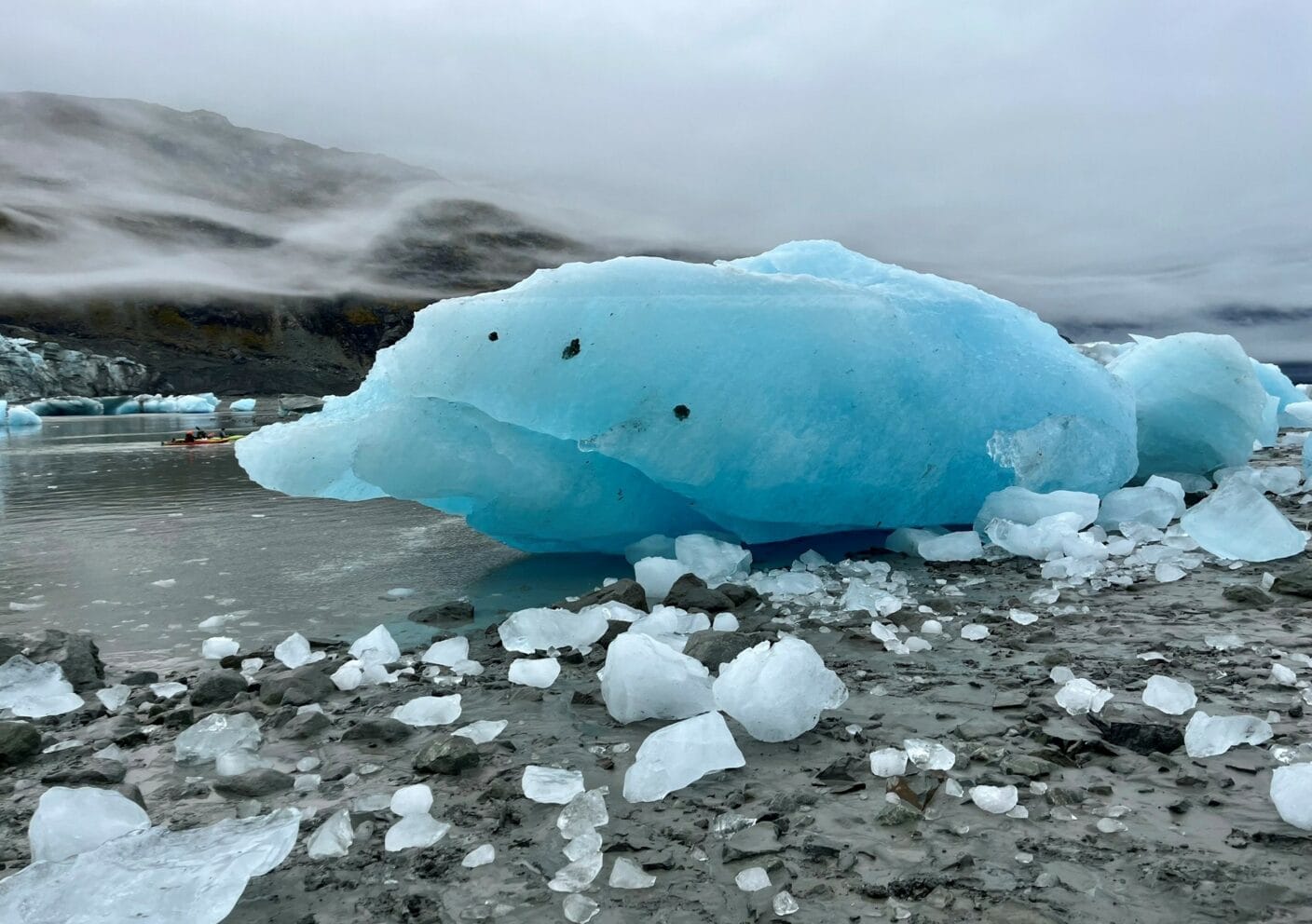
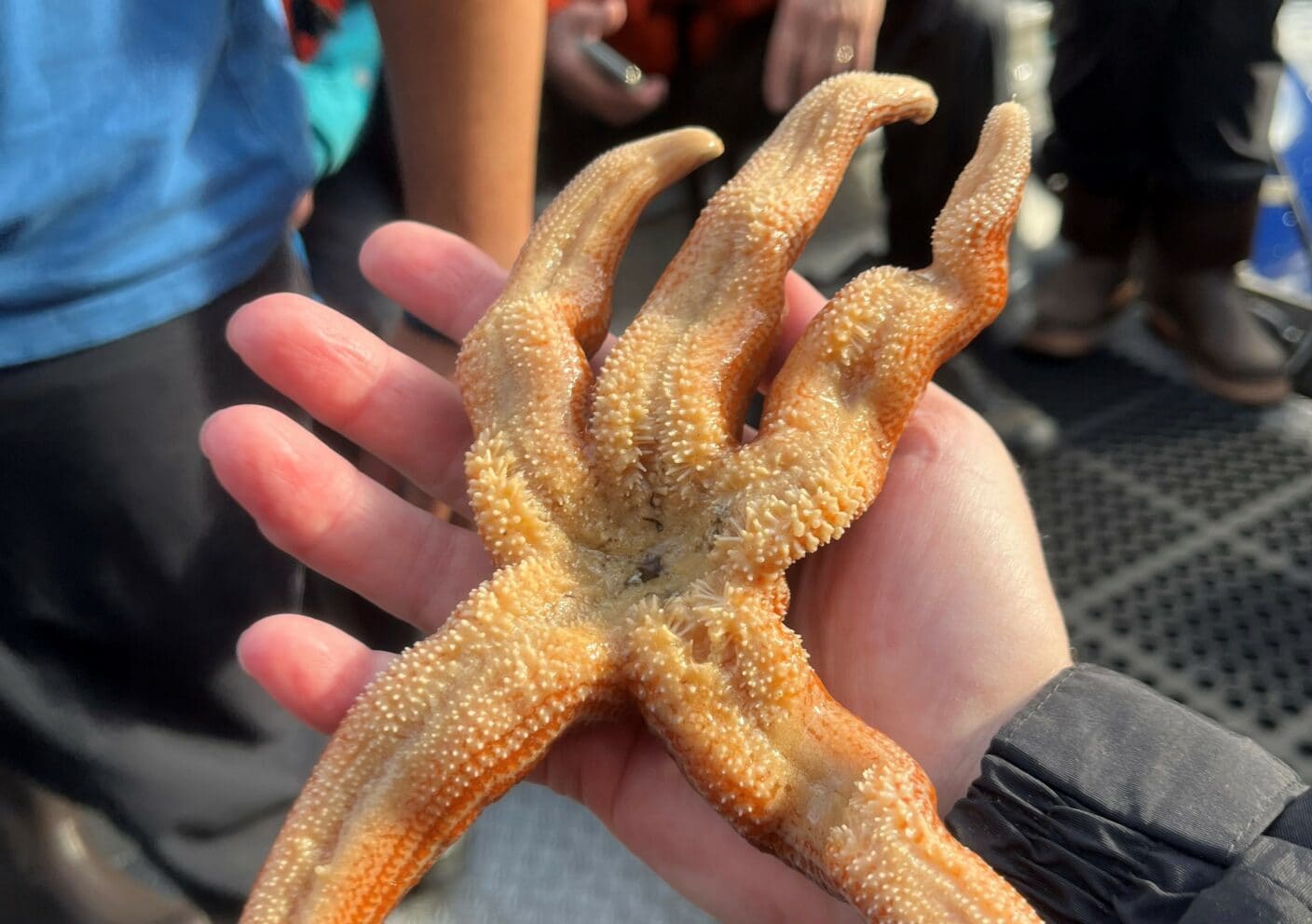
- What was your experience like on land? How helpful is it to have a naturalist guiding you? I can’t imagine not having a guide! Our guides would say that it’s impossible to ever repeat the same hike twice because the forest and the coastlines are constantly changing due to high and low tides, fallen trees, plants and moss growth and decay, etc. Having a naturalist guide with you during each and every activity adds educational value and protection to a traveler’s experience. I found that learning while having fun is truly the best kind of school. We even had a guide with a Masters in Outdoor Studies with an emphasis in bears – a bear expert! (He was also a paramedic!) I felt very safe with him around and it was valuable to learn what to do and what not to do if you were to ever encounter a bear during an activity.
- Is cruising Alaska an active trip? It’s as active as you want it to be. Activities are offered twice daily and include sea kayaking, stand-up paddleboarding, zodiac/skiff tours along the coastlines, “eco meanders” (which are light coastal and forest walks/hikes), bushwhacks (more extreme hiking over fallen logs, under overgrowth of plants and sometimes even vertical); and one day, a polar plunge was offered in glacial waters - thrilling! You decide your activities for each day. If you want to stay on the vessel and relax…perhaps soak in one of the 2 hot tubs on the 3rd level/Aft and watch others as they set out on their activities, you can do that too.
- How much leisure time did you get while on the ship? There was usually a 2-to-3-hour break between the 2nd activity of the day and dinner. I found this to be the perfect time to take a nap and shower for dinner. Post-dinner, there was usually a guide-led presentation in the lounge with the open bar.
- What was that like to be a solo cruiser? I love solo traveling! There’s something quite lovely about following your own mind, heart and body rhythms and allowing yourself to ebb and flow daily with no other being’s input or pressure. It’s great for getting outside of one’s comfort zone too and trying new things with new people. On my expedition, there were over a dozen solo travelers in an age range from mid-20’s to early 80’s. The open dining seating and the variety of activities and the generous spirit of the guides bringing all of us together created a welcoming, sharing atmosphere overall.
- Does expedition cruising feel like one big family on board by the end of the cruise? 100% YES. I still think about the people I met and miss seeing them each day. (I exchanged information with a few and keep in touch on social media.) I also loved the international representation of the passengers onboard, travelers from New Zealand, Australia, Germany, and Canada onboard in addition to USA citizens. And being truly unplugged with no WiFi and no cell service is the experience you didn’t know you needed until you were onboard – truly a gift.
- How did this Alaskan adventure experience change you and your thoughts about the environment and appreciation for our world. I already consider myself a well-informed and compassionate person with regards to appreciating, respecting, and protecting the environment and wildlife, being eco-conscious, and doing my best as one person to make informed and thoughtful decisions (and purchases) to lighten my carbon footprint. But expedition cruising raised all of that to the next level for me. To have such an intimate experience in such a vast and wild landscape and feel the awe while witnessing wild animals go about their daily lives, is quite simply magical and highly informative; you cannot help but to be affected emotionally by such an experience. We share this planet with so many other living beings: everything is alive and worthy of inhabiting this planet. Educational travel experiences are crucial to keep this planet healthy for generations to come to continue the work and promote awareness.
